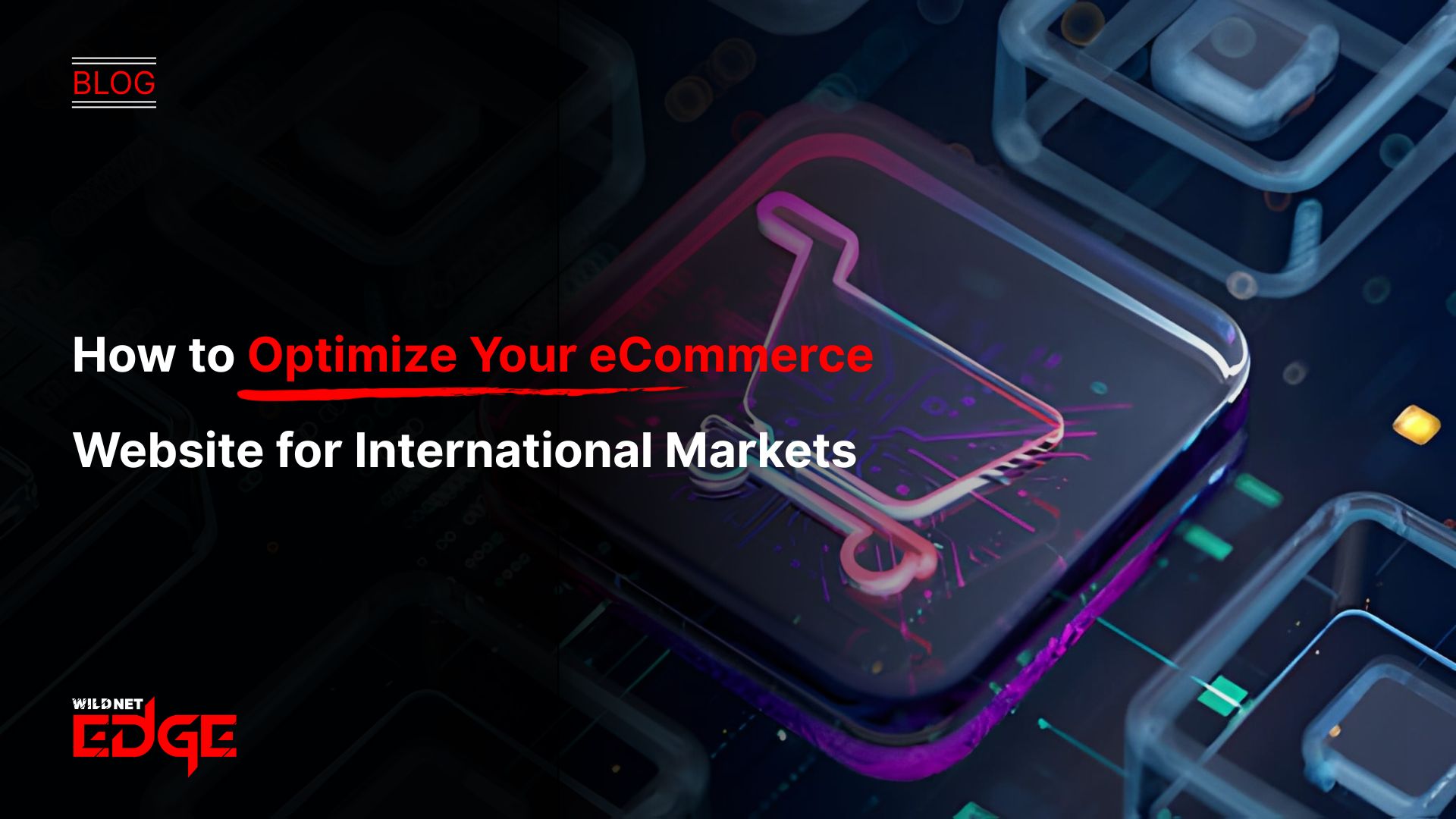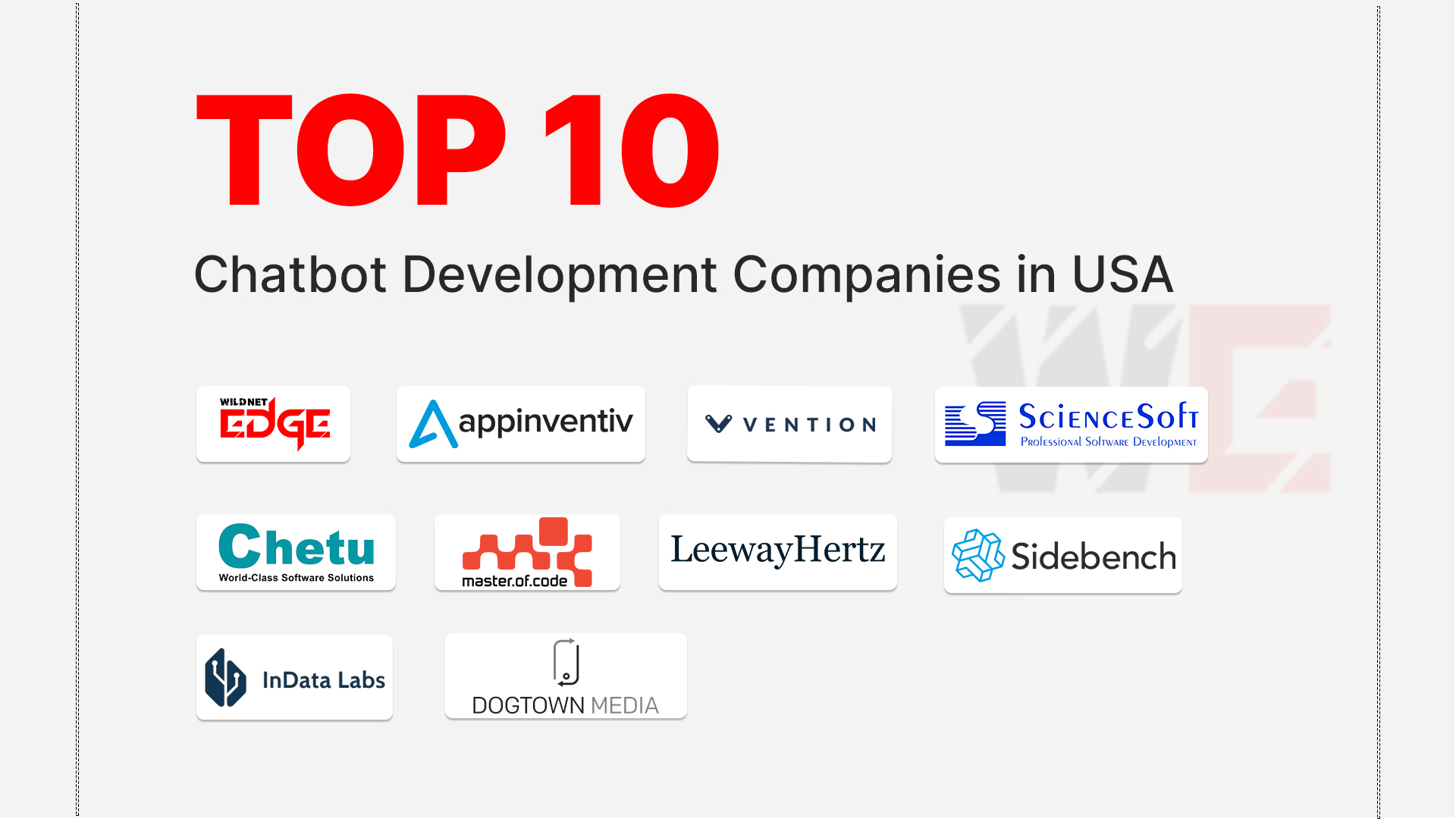TL;DR
This article details the complex but vital process of optimizing an eCommerce website for ecommerce international markets. It explains that success requires more than just translation, detailing a holistic strategy that covers technical, logistical, and cultural challenges. The guide outlines core technical components like implementing hreflang tags for SEO and ensuring are in place for performance. It also covers the importance of multilingual stores and cultural localization of content. Key logistical hurdles like local payment methods and international tax compliance are also discussed.
Imagine an ambitious eCommerce brand in the U.S., ready to expand beyond its borders. The products are in demand, and the brand is growing, but things get complicated when they try to sell in Europe or Asia. Different languages, currencies, payment preferences, and delivery expectations suddenly turn expansion into a maze. This is where the power of eCommerce international markets comes alive.
Reaching global audiences isn’t just about shipping worldwide; it’s about building seamless, localized experiences that make customers everywhere feel at home. With the right strategy and technology, global expansion becomes more profitable. So lets walk you through this article and understand how you can optimize your ecommerce website so that it could reach the international markets.
Why Target eCommerce International Markets?
For many businesses, the domestic market is highly competitive and saturated. Tapping into ecommerce international markets opens up massive new revenue streams, diversifies your customer base, and reduces your dependency on a single economy. It’s a strategic move that can significantly accelerate growth, build a global brand, and provide a long-term competitive advantage. While the challenges are significant, the potential rewards of accessing billions of new customers are too large to ignore.
Internationalization vs. Localization
Before you begin, it’s crucial to understand two key concepts.
- Internationalization: This is the technical foundation. It’s designing and building your website’s architecture to be flexible enough to support various languages, regions, and currencies without requiring code changes. This includes using Unicode, designing layouts that can handle different text lengths, and externalizing text strings from the code.
- Localization: This is the act of adapting your internationalized site for a specific target market. This includes translating content, converting currency, displaying local date/time formats, and even changing images or marketing messages to be culturally appropriate.
Technical Pillar: Building a Global Foundation
Your site’s technical architecture is the bedrock of your global strategy.
International SEO and Hreflang Tags
You cannot just translate a page and hope Google figures it out. You must use “hreflang” tags in your site’s code. These tags tell search engines like Google which language and region a specific page is intended for. This is critical for:
- Ranking in Local Search: It helps the correct version of your page appear correct country’s search results.
- Avoiding Duplicate Content: It signals to Google that your various translated pages are not duplicates, but rather alternate versions, preventing SEO penalties.
Global Infrastructure and Page Speed
Page speed is a critical conversion factor. If your ecommerce internatmarketarkets audience in Asia is loading your site from a server in Ohio, it will be prolonged, and they will leave. A truly global site requires a robust infrastructure:
- Content Delivery Network: A CDN stores copies of your site’s assets in servers worldwide, so a user in Japan loads them from a local server, not from your primary one.
- Multi-Region Hosting: For large-scale operations, you may deploy your entire application to multiple cloud regions e.g., in Europe, Asia, and North America to reduce latency.
URL Structure (ccTLDs vs. Subdirectories)
You need a clear URL strategy for your multilingual stores. The most common, and often recommended, approach for manageability is using subdirectories (e.g., yourstore.com/de/ for Germany, yourstore.com/fr/ for France). While country-code top-level domains (e.g., yourstore.de) a powerfultrong local signal, they are more expensive and complex to manage as separate websites.
Logistical Pillar: Payments, Shipping, and Compliance
This is where many international strategies fail. The best-looking website is useless if the customer can’t pay or receive their product.
Currency and Local Payment Methods
This is non-negotiable. Customers must be able to browse and purchase in their local currency. But more importantly, you must offer their preferred payment method. In the Netherlands, many customers prefer iDEAL. In Brazil, they might prefer PIX or Boleto. In Germany, bank transfersharedcommon. Simply offering Visa and PayPal is not enough and will lead to high cart abandonment. This is a core component of global eCommerce solutions.
Navigating International Taxes and Compliance
Every country has its own rules for taxes (like VAT or GST), import duties, and data privacy. You must have a system in place to accurately calculate and remit these taxes. Furthermore, regulations like GDPR in Europe dictate how you must handle customer data, requiring strict compliance measures.
The Cultural Pillar: Creating Truly Multilingual Stores
The final piece is ensuring your brand resonates with the local culture. This is the art of localization.
More Than Just Translation: True Localization
Simply machine-translating your English content is a recipe for failure. The translation will be awkward and unprofessional, destroying trust. You need:
- Native-Speaker Translation: For marketing copy, product descriptions, and all UI text.
- Cultural Nuances: Colors, images, and marketing slogans must be culturally appropriate. A “summer sale” in August makes no sense for your Australian audience.
- Layout Adaptation: Some languages, like Arabic or Hebrew, are read right-to-left (RTL), which requires your entire site layout to be mirrored.
This deep adaptation is what separates successful multilingual stores from simple translated sites.
Tailored Customer Support
A key part of your strategy for ecommerce international markets must be customer support. If a customer in France has a problem, they will not be happy with a support line that is only open during US business hours and only speaks English. You must have a plan to offer customer support in local languages and accommodate local time zones.
If you’re looking for expert help in building a global-ready store, connect with our Ecommerce Website Development Company to create a site optimized for international markets.
Case Studies: Succeeding in eCommerce International Markets
Case Study 1: A Fashion Retailer’s European Launch
- The Challenge: A US-based fashion brand had a generic .com website with all pricing in USD. They saw significant traffic from Europe but had a very low conversion rate.
- Our Solution: We helped them implement a localized strategy using /de and /fr subdirectories. We integrated hreflang tags, added a currency converter and local payment methods (iDEAL, Sofort), and utilized localized photography that resonated better with European audiences.
- The Result: The brand saw a 40% increaits their European conversion rate within six months. The localized experience built trust and dramatically reduced checkout friction.
Case Study 2: A B2B Software Company’s Asian Expansion
- The Challenge: A B2B SaaS company (a type of eCommerce) wanted to enter the Japanese market. Their platform was slow to load from Asia and was English-only.
- Our Solution: We deployed a new infrastructure instance to a cloud region in Tokyo to reduce latency. We then fully localized the platform into Japanese, including the marketing site, application UI, and all support documentation.
- The Result: The improved performance and full localization were critical in establishing credibility. They successfully signed their first five enterprise clients in Japan within the first year, opening a major new revenue stream.
Our Technology Stack for Global eCommerce
Building global eCommerce solutions requires a modern, flexible stack.
- Headless Commerce Platforms: commercetools, BigCommerce, Shopify Plus (for API-driven flexibility).
- Frontend Frameworks: React (Next.js), Vue.js (Nuxt.js) for high-performance, easily internationalized frontends.
- Content Delivery Network: Cloudflare, Fastly, AWS CloudFront.
- i18n Libraries: react-i18next, vue-i18n.
- Payment Integrations: Stripe (Global), Adyen, PayPal.
- Cloud Infrastructure: Multi-region deployments on AWS, Google Cloud, or Azure.
Conclusion
Thus, tapping into ecommerce international markets is the key to scalable growth, but it demands a strategy far beyond simple translation. Success requires a deep investment in a robust technical architecture, a seamless logistical plan for payments and shippingproperd true cultural localization to create authentic multilingual stores.
Ready to build a global-ready eCommerce platform? At Wildnet Edge, our AI-first approach helps build intelligent, scalable online stores that can be personalized for any market, giving you a distinct competitive advantage.
FAQs
The biggest mistake is assuming a one-size-fits-all approach will work. They often just translate their site and offer international shipping, while ignoring critical local factors like preferred payment methods, currency, and cultural marketing nuances, which kills conversion rates.
This is complex and a key part of global eCommerce solutions. You need a payment gateway that can process multiple currencies. For taxes (like VAT/GST), you must use an integrated tax calculation service (like TaxJar or Avalara) or a platform that has this built in, and work with accountants to ensure you are compliant with remittance.
For most businesses, subdirectories (yourstore.com/de/) or subdomains (de.yourstore.com) are easier and more cost-effective to manage. They consolidate your SEO authority into one domain. Country-specific domains (.de)a powerful local signal to users and search engines but are more expensive and complex to manage as separate sites.
The cost varies dramatically. The technical setup (internationalization) is a one-time development cost. A significant ongoing cost is high-quality, professional translation for all your product descriptions, marketing content, and support articles, which is a significant but necessary investment.
Hreflang is an HTML attribute that tells Google which language and region a specific page is targeting. It prevents you from competing with yourself and ensures the right users find the right page.
It involves adapting imagery (using local models and settings), changing color palettes (colors have different meanings in different cultures), adjusting marketing copy (humor and slogans don’t translate), and even modifying your product assortment to feature items popular in that region.
Start by building a comprehensive, multilingual self-service knowledge base or FAQ. As you grow, you may need to offer 24/7 support using a “follow-the-sun” model with support teams in different regions, or use AI-powered translation tools for your live chat support.

Nitin Agarwal is a veteran in custom software development. He is fascinated by how software can turn ideas into real-world solutions. With extensive experience designing scalable and efficient systems, he focuses on creating software that delivers tangible results. Nitin enjoys exploring emerging technologies, taking on challenging projects, and mentoring teams to bring ideas to life. He believes that good software is not just about code; it’s about understanding problems and creating value for users. For him, great software combines thoughtful design, clever engineering, and a clear understanding of the problems it’s meant to solve.
 sales@wildnetedge.com
sales@wildnetedge.com +1 (212) 901 8616
+1 (212) 901 8616 +1 (437) 225-7733
+1 (437) 225-7733































